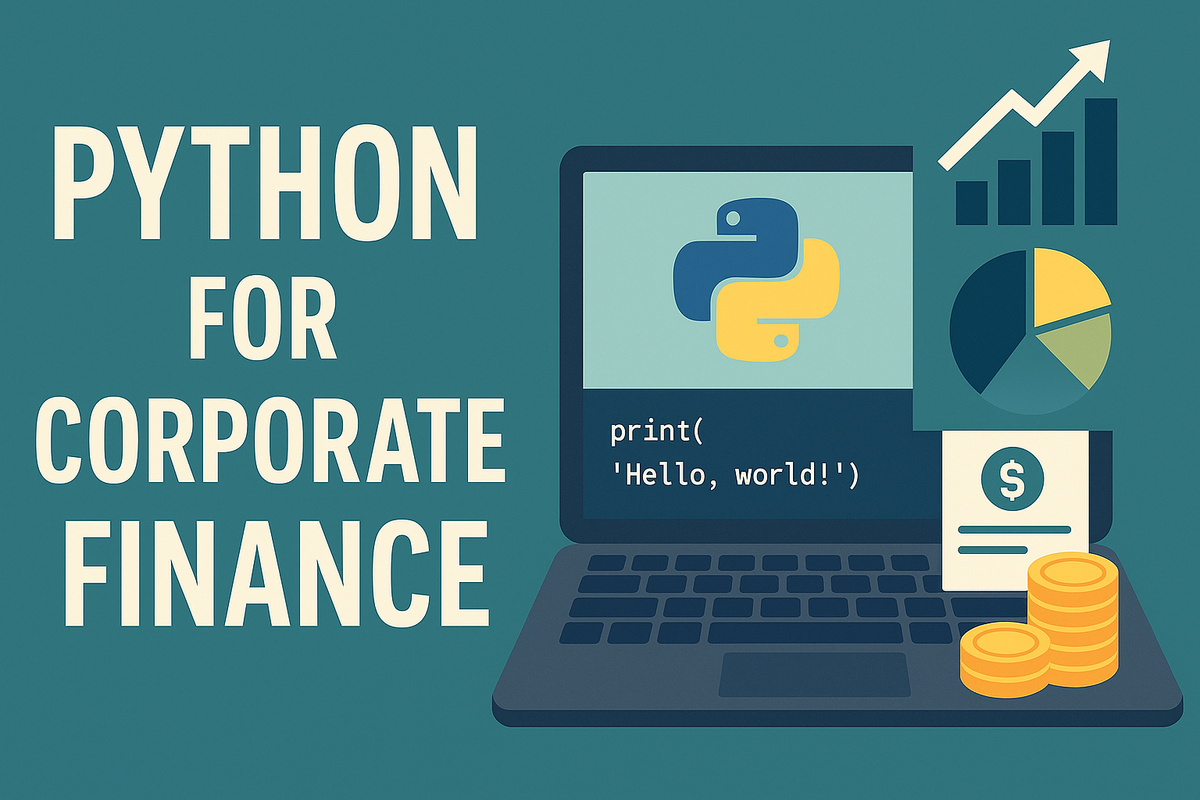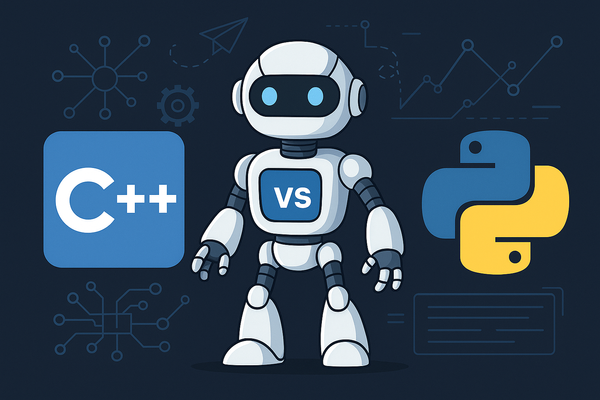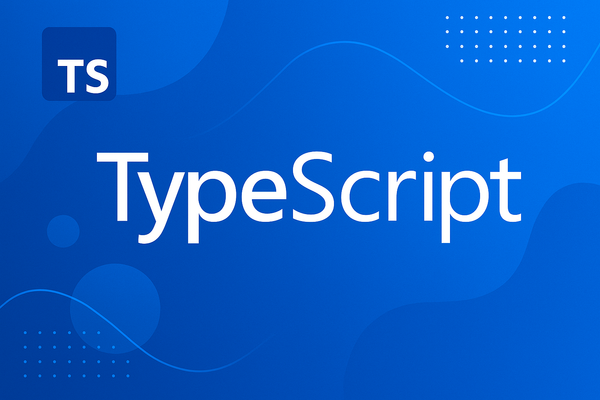Unlocking the Power of Python in Corporate Finance

For decades, Excel and VBA have been the go-to tools in corporate finance. They’re familiar, flexible, and nearly universal. But as data grows larger and financial models become more complex, companies need more powerful solutions. That’s where Python comes in.
Python has quickly become one of the most popular languages in the world, and finance professionals are increasingly adopting it to automate workflows, analyze data, and gain sharper insights. Think of it as Excel on steroids—faster, more scalable, and infinitely customizable.
Why Python Matters in Finance
- Scalability: Excel models often break down with massive datasets. Python handles millions of rows with ease.
- Automation: From month-end reporting to fetching market data, Python can streamline repetitive tasks.
- Advanced Analytics: Python opens the door to statistics, machine learning, and simulations—capabilities that Excel struggles to match.
- Industry Adoption: From hedge funds to Fortune 500s, companies rely on Python to modernize their financial operations.
Getting Started with Python
You don’t need to be a software engineer to use Python. With tools like Anaconda and Jupyter Notebooks, you can set up an environment in minutes. Code and results appear side by side, making analysis transparent and easy to share.
Let’s look at a couple of examples relevant to corporate finance.
Example 1: Time Value of Money
Finance fundamentals like Net Present Value (NPV) are straightforward in Python:
import numpy as np
# Cash flows: initial investment (-1000), then inflows
cash_flows = [-1000, 300, 400, 500, 600]
discount_rate = 0.1 # 10%
npv = np.npv(discount_rate, cash_flows)
print(f"Net Present Value: ${npv:.2f}")
With a few lines, you can calculate metrics that would normally take a messy spreadsheet formula.
Example 2: Ratio Analysis
Analyzing financial statements becomes seamless with pandas:
import pandas as pd
data = {
"Year": [2021, 2022, 2023],
"Revenue": [1_000_000, 1_200_000, 1_500_000],
"NetIncome": [100_000, 150_000, 200_000]
}
df = pd.DataFrame(data)
df["NetMargin"] = df["NetIncome"] / df["Revenue"]
print(df[["Year", "Revenue", "NetIncome", "NetMargin"]])
Instead of manually calculating ratios across sheets, Python lets you automate, audit, and visualize results instantly.
Example 3: Monte Carlo Simulation for Risk
Python also makes it easy to model uncertainty:
import numpy as np
# Simulate portfolio returns
np.random.seed(42)
simulations = np.random.normal(loc=0.05, scale=0.1, size=10000)
expected_return = simulations.mean()
risk = simulations.std()
print(f"Expected Return: {expected_return:.2%}")
print(f"Risk (Std Dev): {risk:.2%}")
With just a few lines, you can run thousands of simulations to assess risk—something Excel can’t handle efficiently.
Conclusion: The Future of Corporate Finance
Python is more than just a programming language—it’s a career advantage. It makes financial analysis faster, more accurate, and more insightful. By adopting Python, finance teams can move beyond the limits of spreadsheets and unlock a world of automation, advanced analytics, and data-driven decision-making.
Whether you’re calculating NPV, analyzing statements, or running simulations, Python equips you with tools to thrive in modern corporate finance. The question is no longer “Why Python?”—but “When will you start?”




